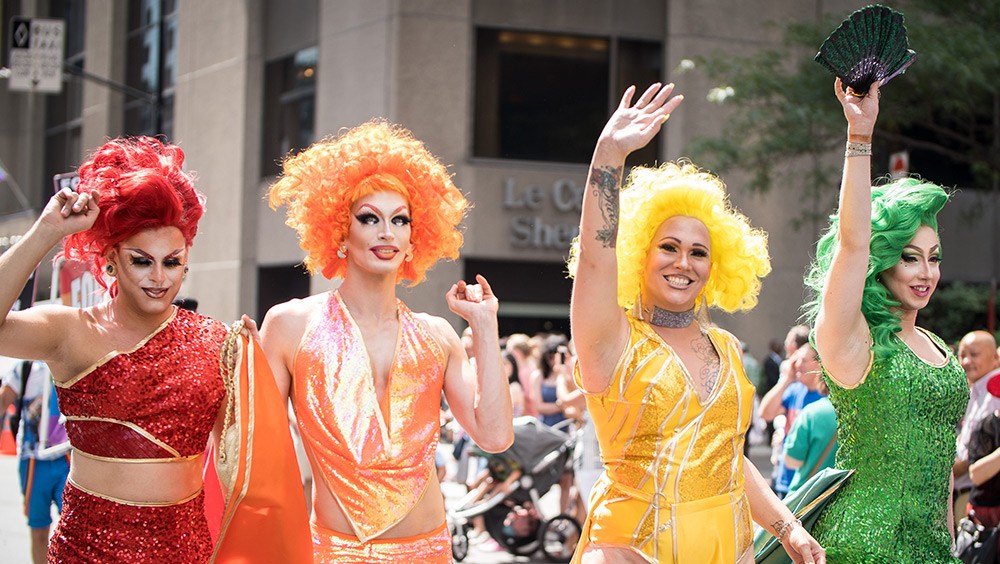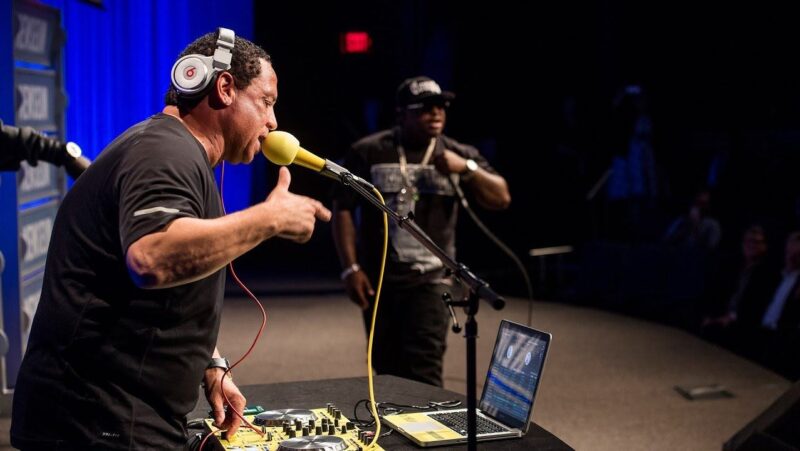Drag and the First Amendment Are Fabulous Together

A deluge of headlines about state laws to restrict drag performances like drag story hours at libraries make it seem like these are recent debates.
They are not.
Drag and the First Amendment are part of a larger and long-running question about how far free expression extends. Free speech includes the right of free expression, which includes how people express themselves through what they wear.
Tennessee Gov. Bill Lee signed a state law in March 2023 that put strict limits on drag performances. A federal judge struck down the law, calling it “unconstitutionally vague and substantially overbroad.”
The judge essentially said that what the Supreme Court has previously ruled as not protected by the First Amendment is very narrow. For example, there’s a difference between obscenity under the law and what people personally find obscene. Those opposed to events like drag story hour say they are inappropriate for kids, believing people dressing in drag is both sexualized and obscene.
What’s “wrong” or “obscene” to one person is another person’s free expression. When that back-and-forth exists, the First Amendment is designed to defer to free expression.
Everything to know about drag and the First Amendment
Dress, like speech, does not require government approval
There are situations when the government can limit what you wear. Like restrictions on speech, these are rare and well defined. Nudity, whether on the sidewalk or at a public beach, is largely restricted. Public schools can impose dress codes in the interest of safety and preventing classroom disruptions. But there are still legal limits to what clothing and hair styles schools can ban.
Broadly speaking, someone dressing or presenting however they choose, regardless of modern norms, is protected free expression.
That’s for good reason.
Trends and norms, which change over time, influence what we wear and how we perceive what is both in style and what clothing is considered masculine or feminine.
People in the late 19th and early 20th centuries would have been confused by assigning pink to girls and blue to boys. Back then, the common practice was exactly the opposite.
In the same period, it was common for boys and girls to wear dresses and long hair until around age six. Take a look at a young kid and future president Franklin D. Roosevelt with long hair, delicate open shoes and a white dress.
Imagine the slippery slope greased with Crisco if the First Amendment didn’t give wide protection for length of hair, style of pants or shoes, or fit of shirts, all of which are often attached to current ideas of gender expression.
Take the example further: The types of clothing worn by religious leaders, many of whom are men, would be considered feminine in non-religious contexts. Of course, the First Amendment’s protections for religion mean these people are free to practice how they choose, just as free expression broadly means anyone can wear what they choose – under the same First Amendment.
Drag and free expression accessorize well together
The roots of drag queens are intertwined with another group that struggled for freedom: formerly enslaved Black people. William Dorsey Swann, who was born into slavery a few years before the Civil War, is considered by some historians to be the first self-proclaimed drag queen. Swann’s private parties in his own home featured performances of people dressing outside gender norms. These private functions drew police, who raided the drag balls and arrested attendees.
Given the sensibilities of the late 1800s, such performances were largely underground and secret.
Nearly 150 years later, these conflicts about how people use their rights under the First Amendment are still raw.
Take this 2020 scene from the Hulu series “Love, Victor” about a gay teenager’s path through high school.
Victor asks before a drag show, “Why do so many gay people like dressing up in drag? Is it, like, fun to be a character? Be someone that you’re not?”
A friend responds, “This is just me being me.”
He explains that his previous stint as a religious missionary was the “drag,” playing a character that wasn’t his true self. Dressing against gender norms was the true expression of himself.
J. Harrison Ghee, 2023 Tony Award winner for the revival of “Some Like It Hot,” is nonbinary and dresses in a way thought of today as feminine. The original 1959 movie included men dressing as women as the central plot.
Other popular movies that revolve around men dressing prominently (and comedically) as women: “Tootsie” (1982), “Mrs. Doubtfire” (1993), “White Chicks” (2004) and many others.
Whether playing a comedic role, performing in a Broadway play or merely dressing in a way you choose, all are forms of artistic and personal free expression protected by the First Amendment.
We speak freely through what we wear
There is no national law dictating how people must dress or what is considered acceptable based on gender. The Supreme Court would almost certainly strike down such a law.
Gender norms and the clothing and accessories that come with them change over time. That’s not new. Neither are attempts to penalize people legally or socially for straying from what is considered an established norm.
But the First Amendment protects all people and views, including and especially those different from our own. Speech includes what we write, choose to read, and even how we spend money and donate to political causes.
And we can choose to speak through what we wear. In other words, no matter how you dress it up, drag and the First Amendment are a fabulous ensemble.
Scott A. Leadingham is a Freedom Forum staff writer, journalist, and journalism trainer. On Twitter: @scottleadingham
Watch: DJ Yella of Hip-Hop’s N.W.A. and Lil Eazy E Discuss Free Expression
Is Clothing Protected by the First Amendment?
Related Content

